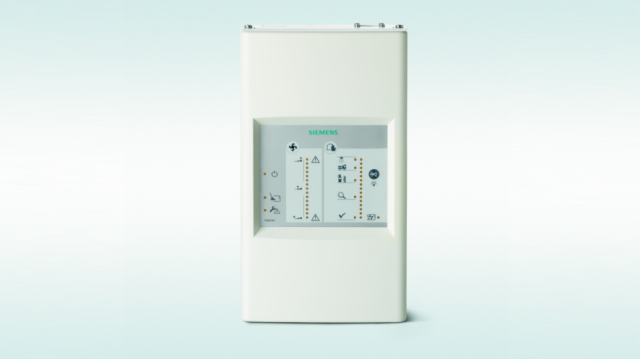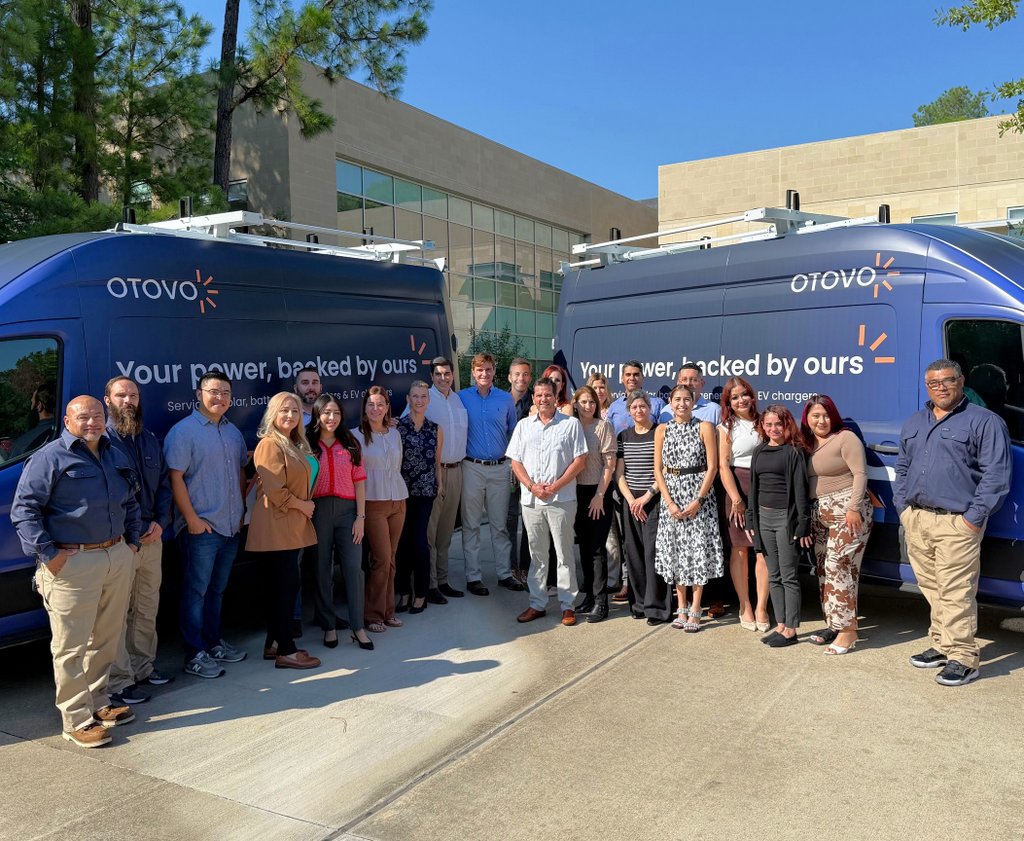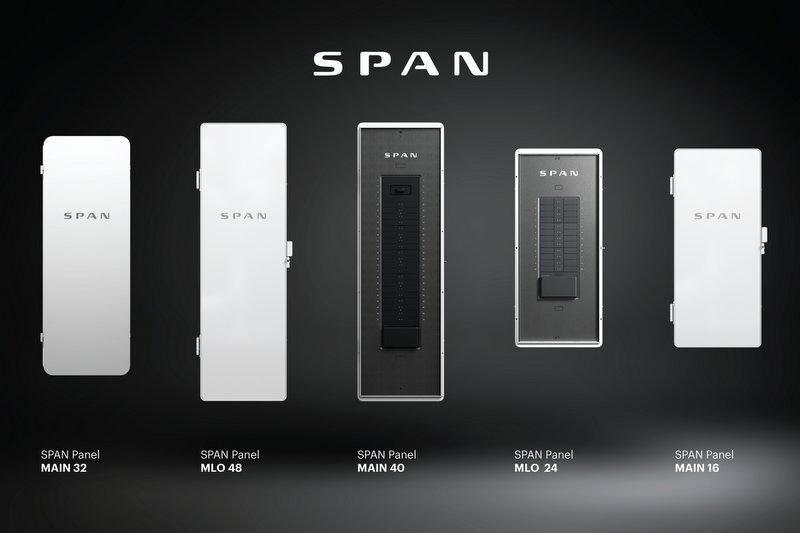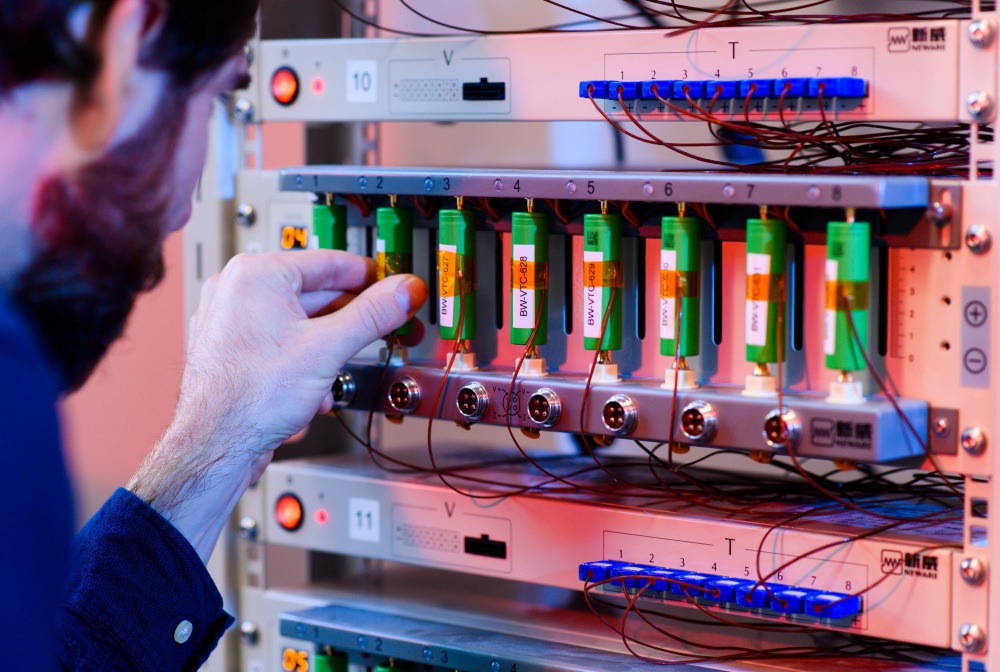Siemens uses dual-wavelength detection to spot Li-ion battery smoldering

As demand and installations of lithium-ion (li-ion) battery energy storage systems increase, fire protection and detection systems are critical for both safety and financial reasons. Very early warning fire detection is key to preventing catastrophic fire events. Siemens FDA241 aspirating smoke detector utilizes two sensing wavelengths to differentiate between smoke and deceptive phenomena, enabling increased detection reliability even in challenging environments.
The issue: As li-ion batteries age or get damaged they can experience internal faults which can cause overheating of the battery enclosure. If left undetected and not addressed quickly by shut off, disconnection, or e-stop, this condition can lead to thermal runaway – or massive overheating that can result in fire or explosion.
How it works: Siemens says the FDA241 detector can detect smoldering or off-gas particles up to five times earlier than conventional spot detectors. The patented dual-wavelength technology uses blue and red wavelengths to detect small off-gas particles that are produced in the early stages of battery failure and overheating. Using two wavelengths allows the detector to differentiate dust and steam particles from smoke and off-gas particles, thus signaling the appropriate warning signal and minimizing potential false alarms.
It is designed to easily integrate into Siemens or existing facility fire alarm systems and it ideal for facilities, applications, and processes at higher risk in case of fire.
“Once a li-ion battery thermal runaway occurs, it is difficult to put out and can be catastrophic,” says Brian O’Mahoney, UL Fire Safety Segment Head, Siemens Smart Infrastructure USA. “Implementing innovative detection technology can help protect organizations’ assets, keep facility occupants safe, and prevent millions of dollars in potential losses.”
The FDA241 has a VdS approval (no. S 619002) and performance verification as an early warning detection device for li-ion battery off-gas detection. This VdS approval can be used to meet NFPA 855 requirements through equivalency allowance in NFPA 72 section 1.5. Currently there are no other global product performance standards for the detection of li-ion battery off-gas detection.





Comments are closed here.